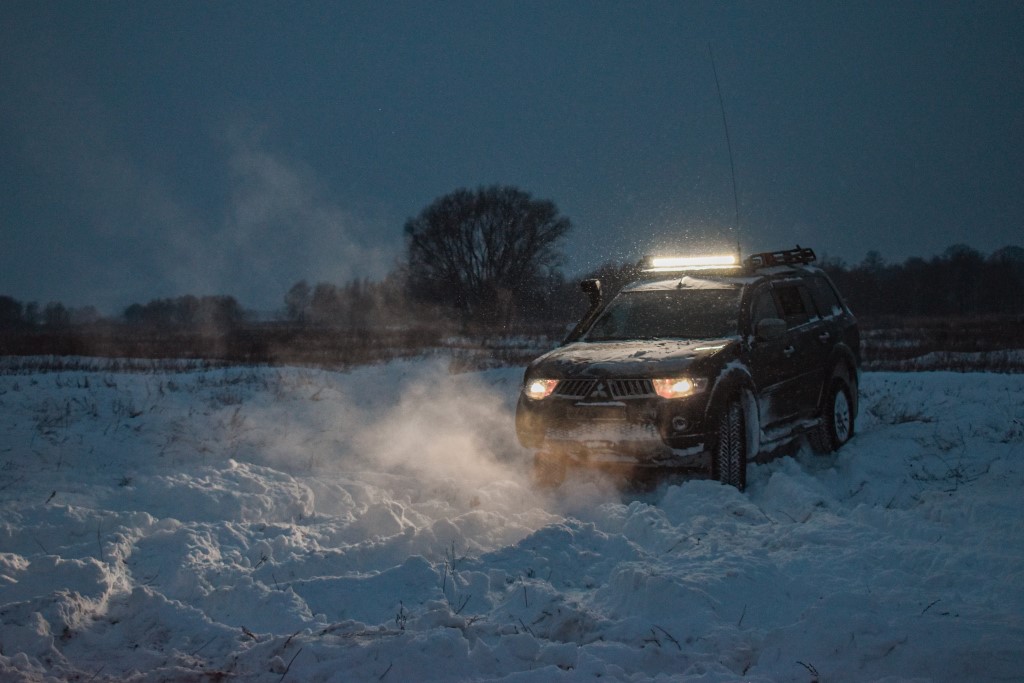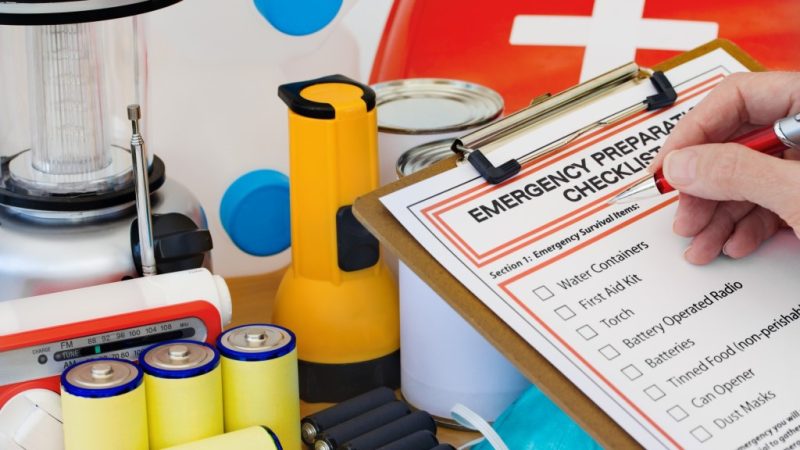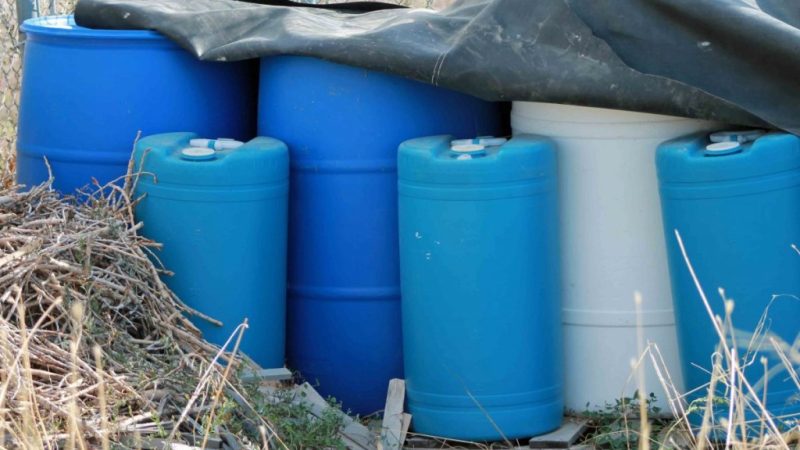Winter car preparedness is essential for keeping yourself safe in cold winter snow and icy driving conditions, especially if you live in an area with harsh winter weather.
Winter can be a harsh and unforgiving season, especially for those who live in areas with heavy snowfall and cold temperatures. Being prepared for winter weather is essential to staying safe and comfortable during the colder months.
In this article, we will discuss the importance of winter care preparedness and provide tips and strategies for staying prepared. So, whether you’re a seasoned winter veteran or new to living in the North, read on to learn how to stay prepared and take control of the winter weather.
Do Your Regular Maintenance
First and foremost, make sure your car is in good working order before the winter months arrive. This includes getting regular oil changes, checking the battery, brakes, tires, and windshield wipers. It is also a good idea to have your car serviced by a mechanic, to ensure that there are no underlying issues that could cause problems in the winter.
Here are a few important maintenance tasks that should be performed to prepare your car for winter:
- Tires: Make sure that your tires have good treads and are rated for winter driving. Check the tire pressure and make sure they are inflated to the manufacturer’s recommended level. If you live in an area with heavy snowfall, it is also a good idea to invest in a set of winter tires or snow tires.
- Battery: Cold weather can be hard on car batteries, so it’s important to make sure that your battery is in good working condition before the winter months. If your battery is more than three years old, it’s a good idea to have it tested to ensure that it can handle the cold weather.
- Brakes: Check your brake pads, rotors, and brake fluid. Make sure that the pads are not worn, and that the rotors are not warped or damaged. Also, ensure that the brake fluid is at the proper level and that it is not contaminated.
- Windshield wipers and washer fluid: Check your windshield wipers to make sure they are in good working condition. Also, make sure you have a good supply of washer fluid that is rated for cold temperatures.
- Heating and cooling system: Make sure that your car’s heating and cooling system is working properly. This will ensure that you can stay warm in the cold weather.
- Lights: Check all your car lights, including headlights, taillights, brake lights, and turn signals to make sure that they are working properly. Clear any snow or ice build-up around them.
Are Your Tires Ready?
One of the most important aspects of winter car preparedness is having the right tires. In snowy and icy conditions, it is essential to have tires with good treads and that are rated for winter driving. If you’re not sure about the condition of your tires, it’s a good idea to have them inspected by a professional. If you live in an area with heavy snowfall, it is also a good idea to invest in a set of snow tires.
The best tires for winter driving are those that are specifically designed for snowy and icy conditions. These tires are known as winter tires or snow tires. They have a specialized tread pattern and a rubber compound that is designed to stay flexible in cold temperatures. This helps to provide better traction on snowy and icy roads, and improves braking and handling.
One of the key characteristics of winter tires is their tread design. They have deep grooves and channels that help to evacuate snow and slush from the contact patch, which improves traction and prevents hydroplaning. The treads also have a large number of biting edges that help to grip snow and ice.
Another important aspect of winter tires is the rubber compound. They use a special rubber compound that is designed to stay flexible in cold temperatures. This allows them to maintain their grip on snowy and icy roads, even when the temperature drops below freezing.
It’s important to note that all-season tires are not the same as winter tires. All-season tires are designed to provide good performance in a wide range of temperatures and weather conditions. They are not specifically designed for winter driving and will not provide the same level of performance on snow and ice as winter tires will.
It is also important to note that it’s recommended to use winter tires on all four wheels, not just the front or rear wheels. This will ensure that all four wheels have the same level of traction, which will help to improve the handling and stability of your car.
Keep A Winter Driving Emergency Kit In Your Car
Another important aspect of winter car preparedness is having an emergency kit in your car. This should include items such as a flashlight, extra batteries, a blanket, a shovel, a bag of sand or kitty litter, and a first aid kit. It is also a good idea to have a bag of non-perishable food and a bottle of water in your car, in case you get stranded.
A winter emergency kit for your car is an essential piece of equipment that can help you stay safe and prepared in case of an emergency. Here are some items that you should include in your kit:
- Flashlight and extra batteries: A flashlight can be a lifesaver in case of a breakdown or if you get stranded in the dark. Make sure to include extra batteries, so you don’t run out of power.
- Blanket: A warm blanket can help to keep you warm if you get stranded in cold weather.
- Shovel: A small shovel can help you clear snow and ice from around your car, and can also be used to dig out if you get stuck in the snow.
- Sand or kitty litter: A bag of sand or kitty litter can provide traction if your car gets stuck in the snow.
- First aid kit: A basic first aid kit should include bandages, gauze, adhesive tape, and pain relievers.
- Non-perishable food and water: It’s a good idea to have a bag of non-perishable food, such as granola bars or trail mix, and a bottle of water in your car, in case you get stranded.
- Jumper cables: Jumper cables can help you jump-start your car if the battery dies.
- Ice scraper and brush: A good quality ice scraper and brush are essential for removing snow and ice from your car’s windows and mirrors.
- De-icing salt or sand: De-icing salt or sand can help to melt the ice on your car’s windows and mirrors.
- Reflective warning triangles or flares: Reflective warning triangles or flares can help to make your car visible to other drivers in case of an emergency.
- Cell phone charger: A cell phone charger can help you keep your phone charged in case of an emergency.
It’s important to keep in mind that these items should be stored in a waterproof container and kept in your car at all times. It’s also important to check the contents of your kit regularly and replace any items that have expired or been used.
Learn How To Drive In Winter Conditions
In addition to having the right equipment in your car, it is also important to know how to drive in winter conditions. This includes understanding how to handle your car on snow and ice, as well as knowing when it is safe to drive and when it is better to stay off the road.
First and foremost, make sure your car is in good working condition before you set out on the road. This includes having good tires with good treads, a properly charged battery, and working brakes. It is also a good idea to have your car serviced by a mechanic, to ensure that there are no underlying issues that could cause problems in the winter.
Before you start driving, clear all of the snow and ice from your car’s windows, mirrors, and lights. This will ensure that you have a clear view of the road ahead, and that other drivers can see you.
When driving on snow or ice, it is important to remember to slow down and increase your following distance. It takes longer to stop on snowy or icy roads, so you’ll need more space to come to a stop.
Accelerate and decelerate slowly. Applying too much power to your wheels can cause them to spin, which can lead to losing control of the car.
When turning, avoid sharp or sudden movements. Instead, take turns slowly and gently.
When driving on an icy or snowy road, it is important to be aware of black ice. Black ice is a thin layer of ice that forms on the road and can make it very slippery. It is often difficult to see, so it’s important to be aware of the potential for black ice and to drive accordingly.
If you begin to skid, avoid braking or turning abruptly. Instead, take your foot off the accelerator and steer in the direction of the skid. This will help to straighten out the wheels and regain control of the car.
If you do get stuck in the snow, do not spin your wheels. This will only dig you in deeper. Instead, use a shovel or a bag of salt or sand to clear the area around your tires, and then gently rock the car back and forth to try to free it from the snow.
In addition to the tips mentioned above, it is also important to stay informed about the weather conditions and to plan your route accordingly. This includes checking the forecast before you leave, and avoiding travel during heavy snowstorms or other dangerous conditions.
The Last Word
By taking the time to prepare your car and yourself for winter driving, you can stay safe and on the road, even in the toughest conditions. Remember to keep your car in good working condition, have the right tires, an emergency kit, and know how to drive in winter conditions. Also, stay informed about weather conditions, and always plan your route accordingly.






